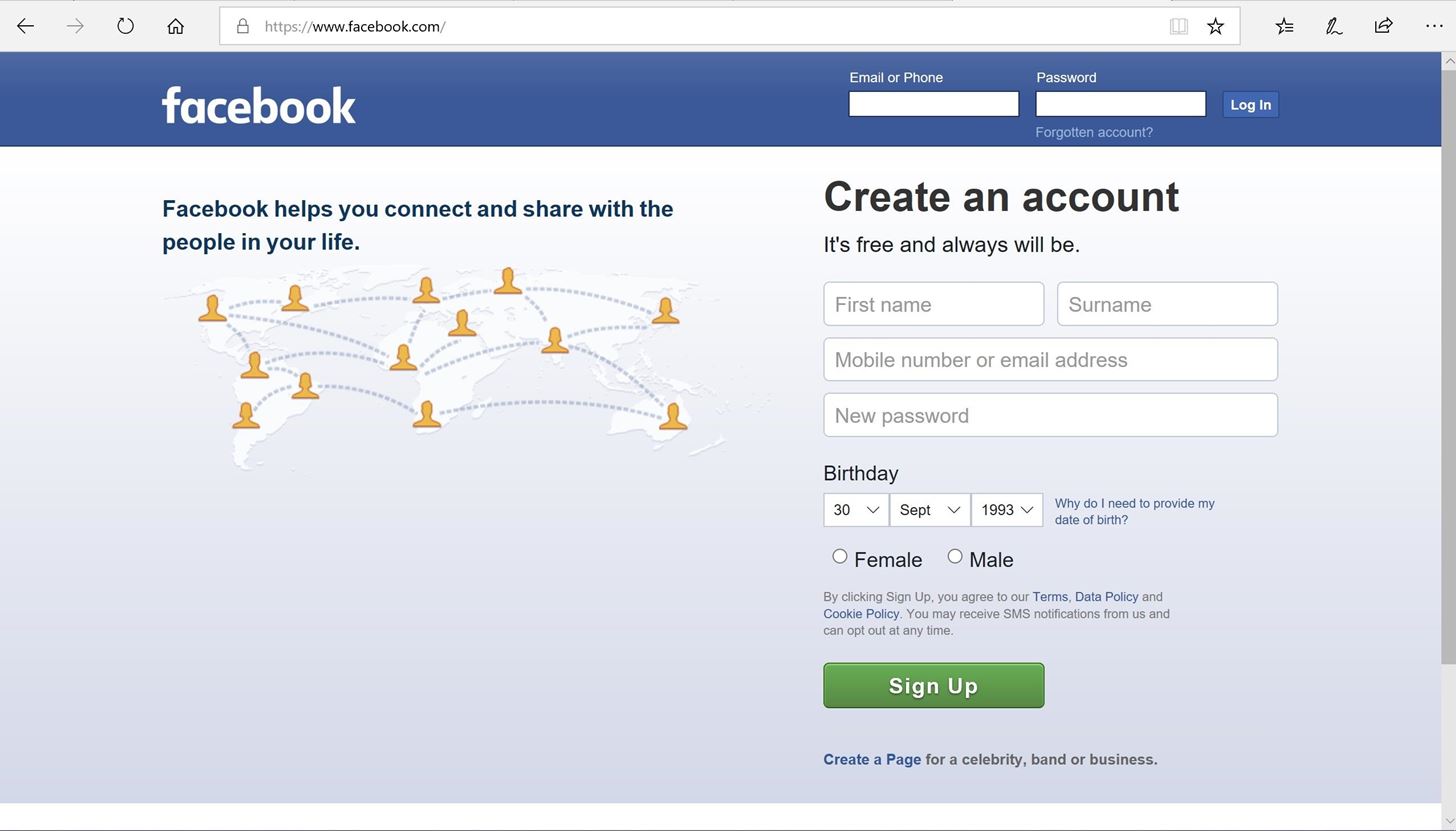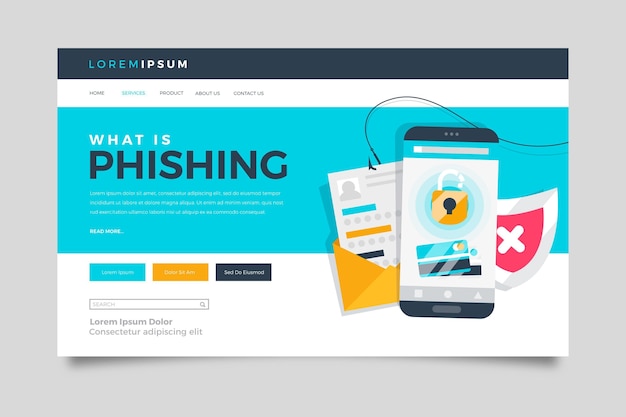

- #HOW TO MAKE PHISHING PAGE ON MOBILE HOW TO#
- #HOW TO MAKE PHISHING PAGE ON MOBILE UPDATE#
- #HOW TO MAKE PHISHING PAGE ON MOBILE SOFTWARE#
Opening, replying, or clicking the links provided in these emails poses a serious security risk to you and the campus network.

What are the Risks?ĭon’t be fooled! These are fraudulent communications that in most cases have nothing to do with the institution they claim to be affiliated with.
#HOW TO MAKE PHISHING PAGE ON MOBILE UPDATE#
‘Email owner that refuses to update his or her Email, within Seven days’
#HOW TO MAKE PHISHING PAGE ON MOBILE SOFTWARE#
Style inconsistencies: Pop up windows that claim to be from your operating system or other software may have a different style or colors than authentic notifications.Too good to be true offer: Messages about contests you did not enter or offers for goods or services at an unbelievable price are likely fraudulent.No signature or contact information: Additional contact information is not provided.Illegitimate links often contain a series of numbers or unfamiliar web addresses. Hover your mouse over any suspicious links to view the address of the link. Incorrect URLs: Scammers may obscure URLs by using hyperlinks that appear to go to a reputable site.‘Warning! You will lose your email permanently unless you respond within 7 days’. Ultimatum: An urgent warning attempts to intimidate you into responding without thinking.Never transmit sensitive information over email or social media, even if the message requesting information appears to be legitimate. They often collect identifiable information about you from social media or the compromised account of someone you know to make their messages more convincing. More sophisticated attacks, known as spear phishing, are personalized messages from scammers posing as people or institutions that you trust. Social Media messages (e.g., Facebook, Twitter).Phishing messages can come from a growing number of sources, including: See below for details on phishing attacks at UMass Amherst. Phishing messages may also appear to be from a trusted friend or colleague. Some will use an organization's email address, logo, and other trademarks to fake authenticity. These messages claim to come from a legitimate source: a well-known software company, online payment service, bank, or other reputable institution. Phishing refers to different types of online scams that ‘phish’ for your personal and financial information (e.g., your passwords, Social Security Number, bank account information, credit card numbers, or other personal information).
#HOW TO MAKE PHISHING PAGE ON MOBILE HOW TO#
Don't get hooked! Learn how to protect yourself against phishing scams and identity theft. Use these pages to find out more about phishing - what it is and what risks it poses. As any type of fraud, phishing can be extremely damaging and has already claimed victims on campus.


 0 kommentar(er)
0 kommentar(er)
